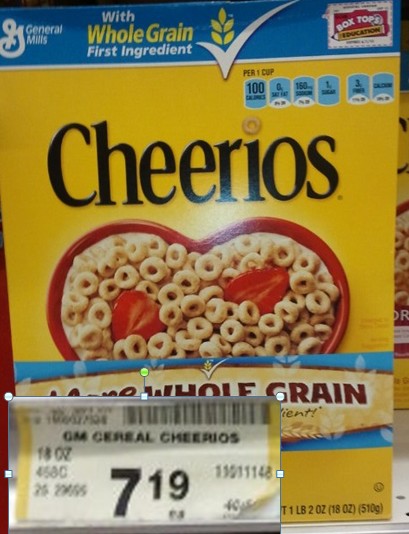
Hawaii has a reputation for being expensive, and we’ve found that be true. We definitely got sticker shock on a few items (electricity in particular), but also had a few pleasant surprises.
House: It’s hard to generalize about housing costs, but the Big Island is more expensive than most of America, but cheaper than most big cities.
You can buy a house as cheap as $200K, but the largest number of single family homes are available in $300K to $600K range. AlohaLiving has the best detail for the MLS listings, while Zillow has the best map view of what’s available.
Most homes with 3 bedrooms run $1,000 to $2,000 per month, but it’s certainly easy to spend more.
Cars & Gas: Cars cost roughly the same as the mainland. It’s about $1,000 to ship one here from the west coast. Kirsten also set up a page about shipping cars to Hawaii
We find that we drive a lot less here because the town is much smaller, so we save on gas, even though it costs about 50 cents to $1.00 more than most places on the mainland
Insurance: Both my renters’ insurance and auto insurance are double what I paid in Virginia. I think Virginia was especially cheap, but our agent here told me that Hawaii has the highest rates in the country. Health insurance seems to be about 30% cheaper.
Utilities: The good news is that unless you live at a high elevation, you don’t spend money on heat. However, the electricity is insanely expensive here. A single family house will run $200-$500 per month. If you run the AC, you can easily double that amount.
Groceries: Walking into a regular grocery store like Safeway will make you feel violated. I’d estimate that normal pricing is 40% higher than the mainland.
In Kona, we also have a Target and a Walmart, which are about 20% higher than what you’re used to. Finally, we have Costco, which besides being cheapest overall, is probably only 10% more than the mainland.
Our shopping strategy is to buy everything we can at Costco, fill in as many grocery items as possible at Target/Walmart, and try to minimize the number of things we need at the grocery store. There’s probably about 5-10% of items that we still have to get there because of their wider variety.
Restaurants: Prices here run 20-30% more than the mainland, because their costs are greater as well. Looking for “Kids eat Free”? Good luck with that.
And whenever you see ad campaigns on TV for sales like “$5 footlongs” at Subway, the tiny type at the bottom of the screen says “at participating locations.” Now you know who doesn’t participate.
Clothing: Finally, an area of savings! We haven’t bought any winter wear and we only buy clothes for the kids when they wear out or outgrow them, as opposed to a shift in seasons. Total savings are about 50% from what we spent in Virginia.
Shopping can be a bit challenging here as the shops do tend to be expensive, with limited selection. Kirsten orders most clothes for herself and the kids online. Amazon offers their free super saver shipping here, but does not offer the Amazon Prime free 2-day shipping. Many other companies have the same shipping policies as they do for other states, but that’s not always the case.
Vacations: We were active travelers and have scaled way back. Partly because it’s expensive to get other places, partly because we are where we want to be. It’s turned out to be a savings of thousands for us, but your mileage may vary.
Active Pursuits: The good news is that most water sports are free once you have equipment. Surfing, stand up paddleboarding, boogie boarding, snorkeling, and SCUBA all have some stuff to buy. One cool thing is that parking is free and easily available virtually everywhere, so once you sink a little money into some toys, you can have a lot of cheap fun.
Entertainment: We have lots of free entertainment at the festivals, parades, and other community events. However, there aren’t a lot of big concerts or other shows here on the Big Island, so you’ll probably save money because there are simply less opportunities.
